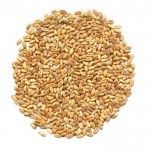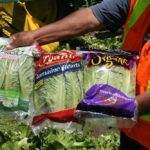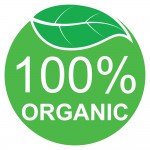Food prices are up four per cent over last year in Canada — mainly because of the cheap loonie and more expensive imports. This has come as a shock to Canadians used to spending an ever-declining share of income on food. Worse yet, further increases likely await — and for a very different, more permanent













